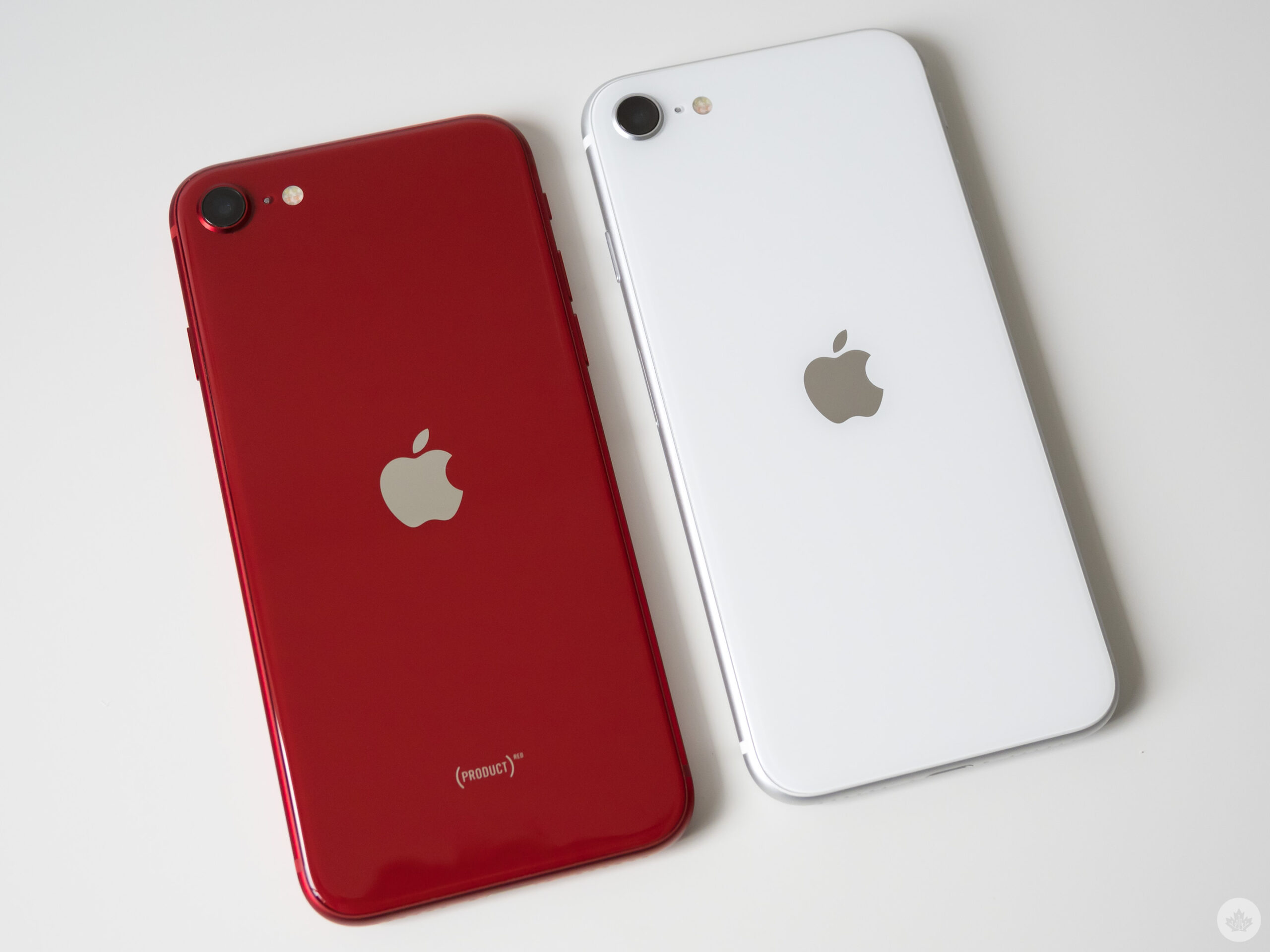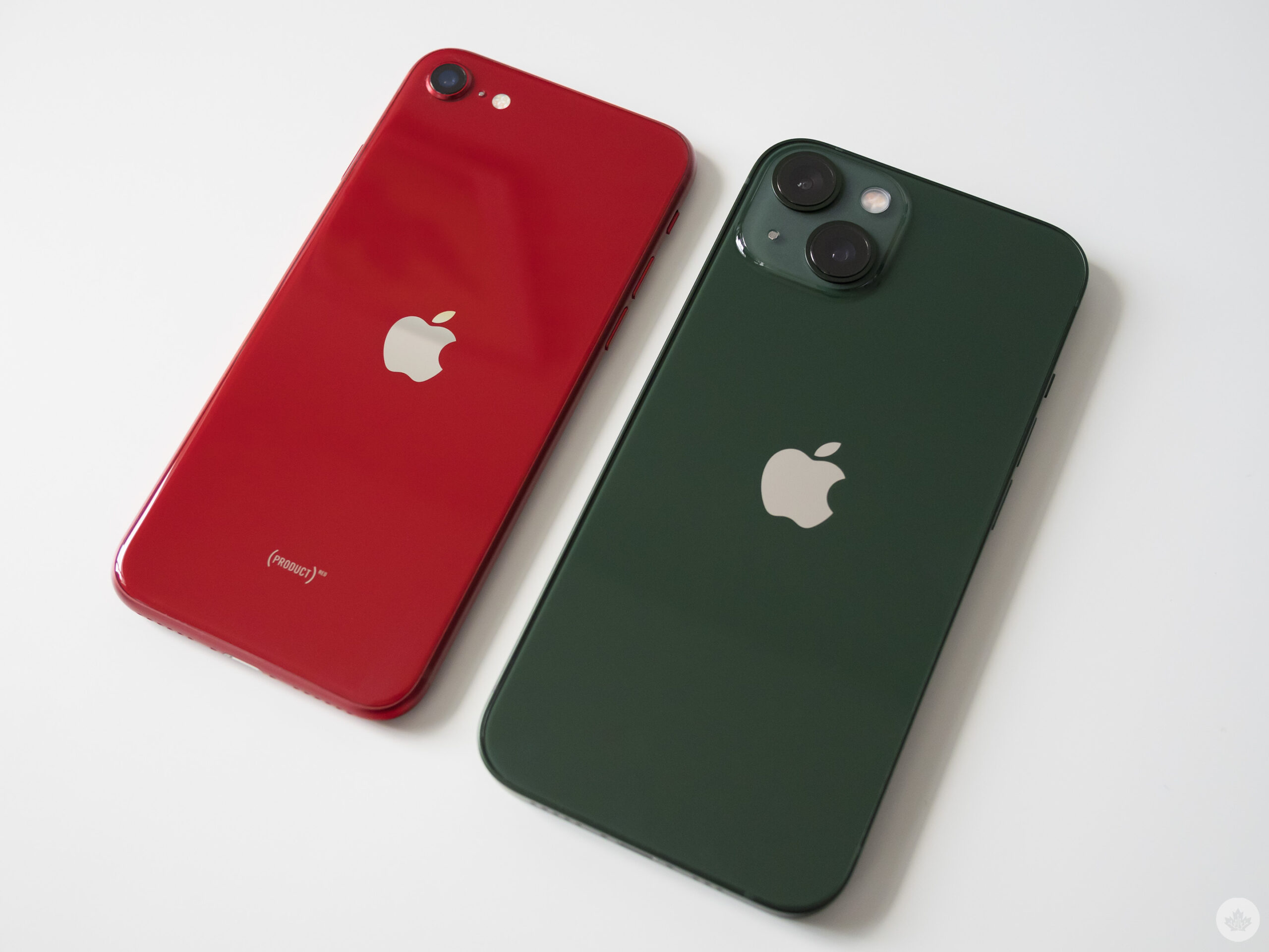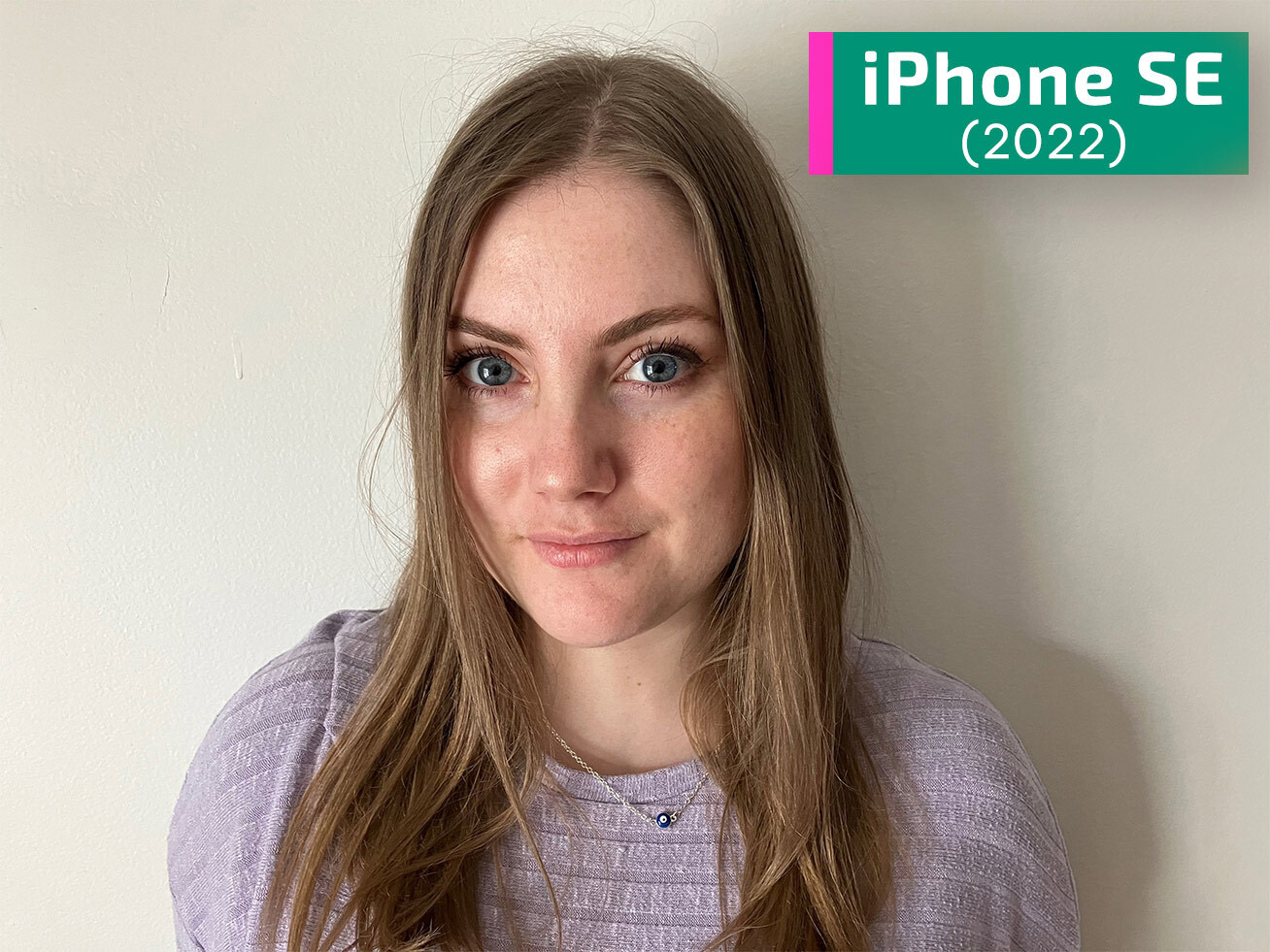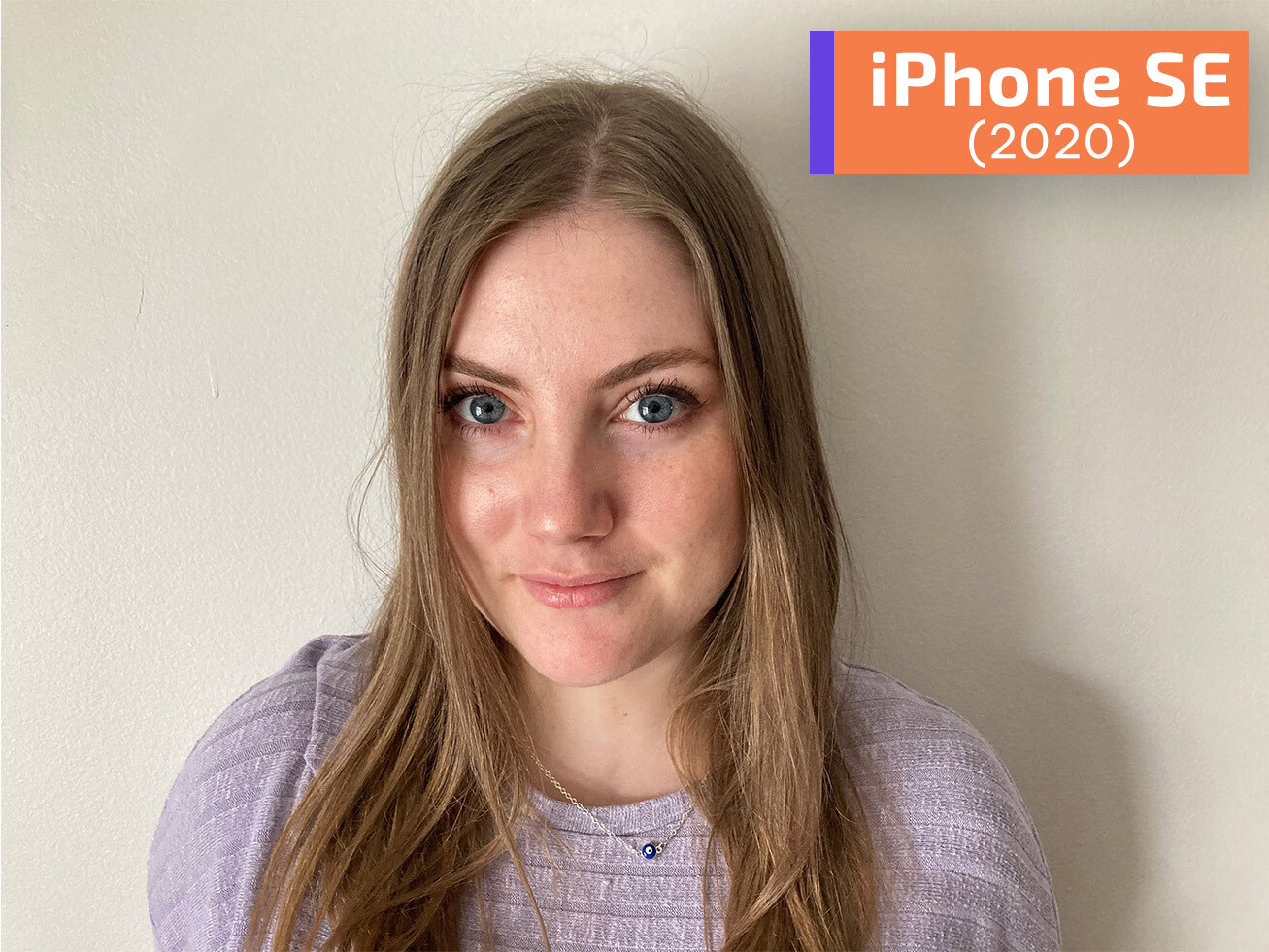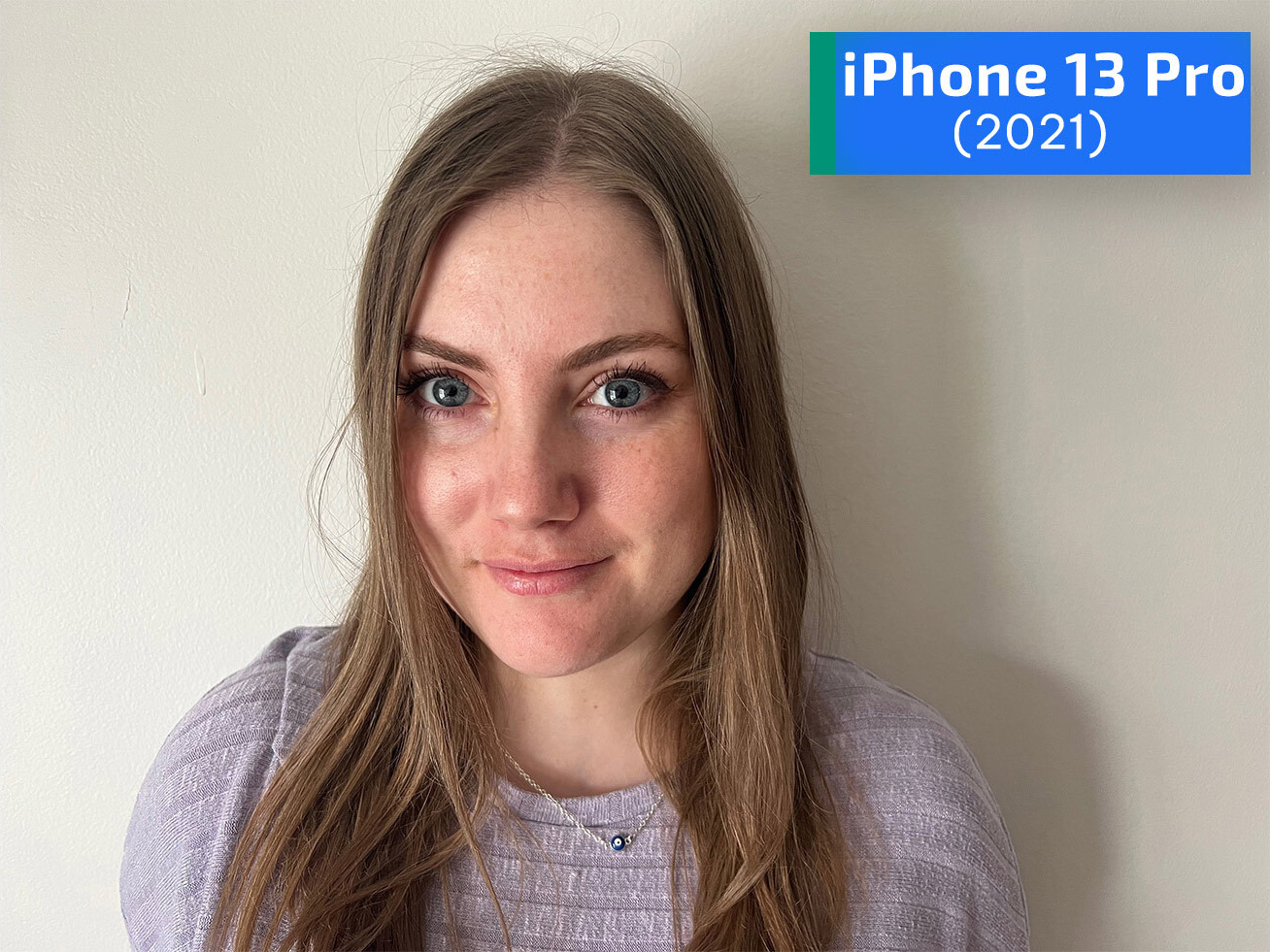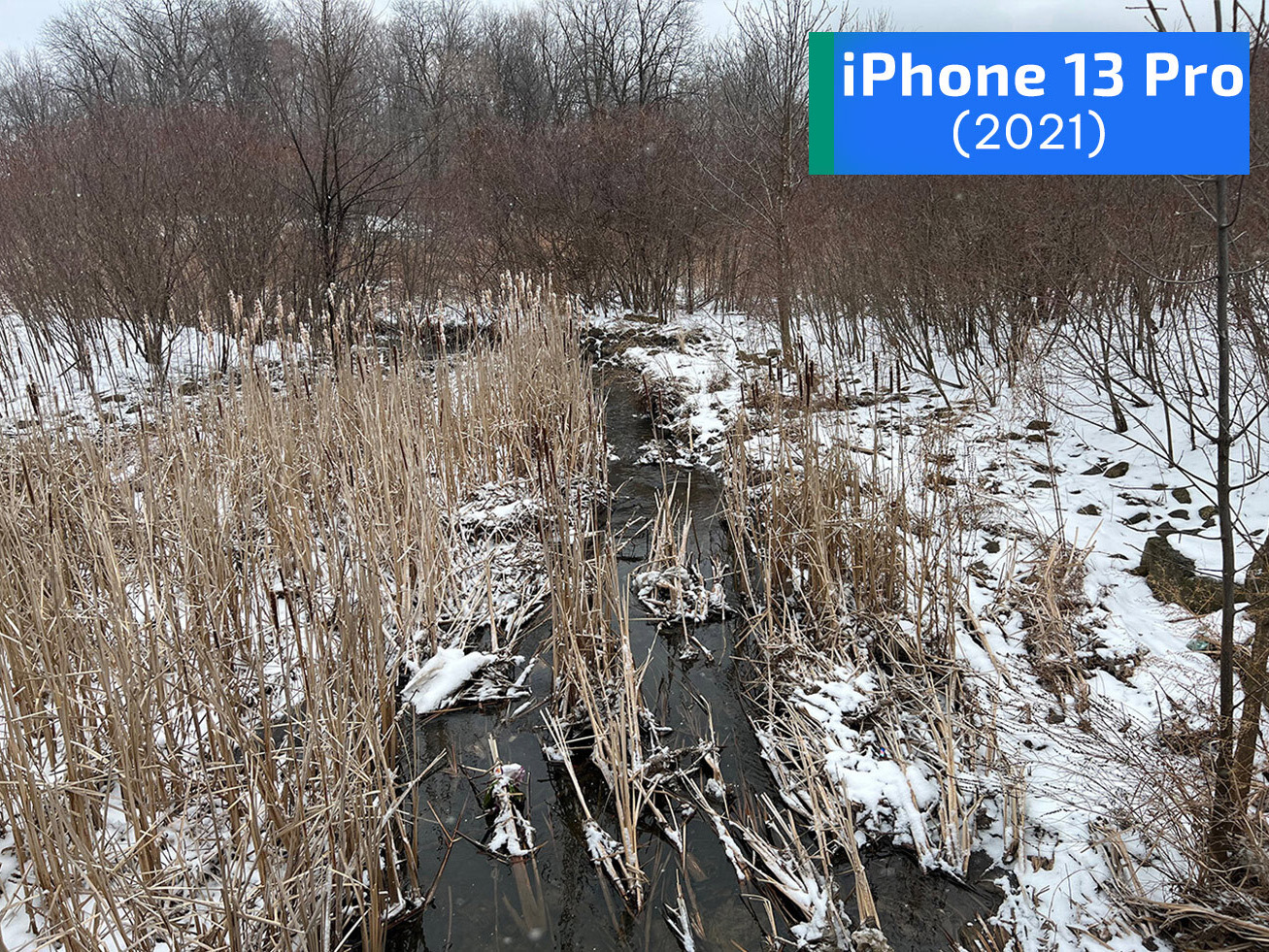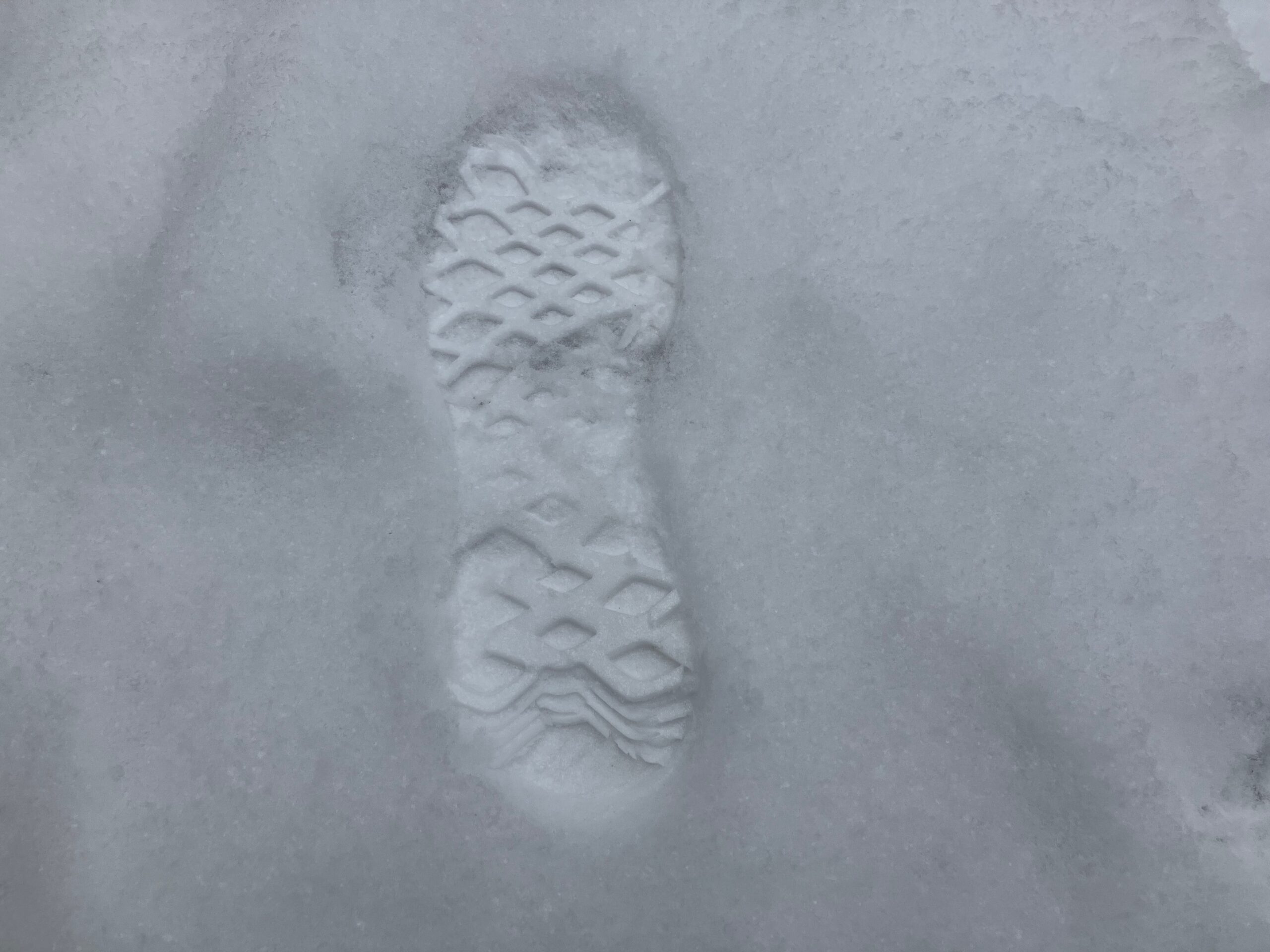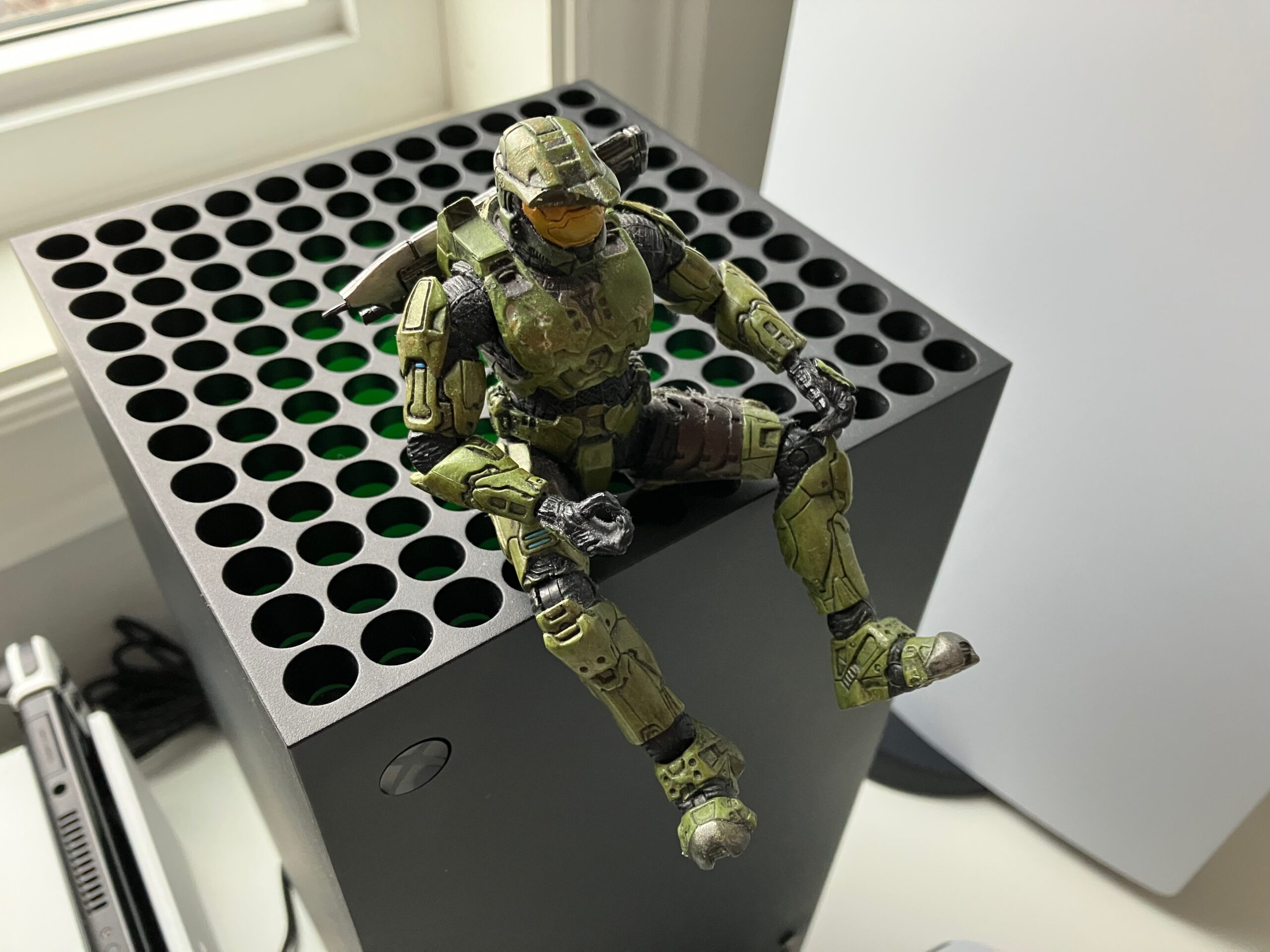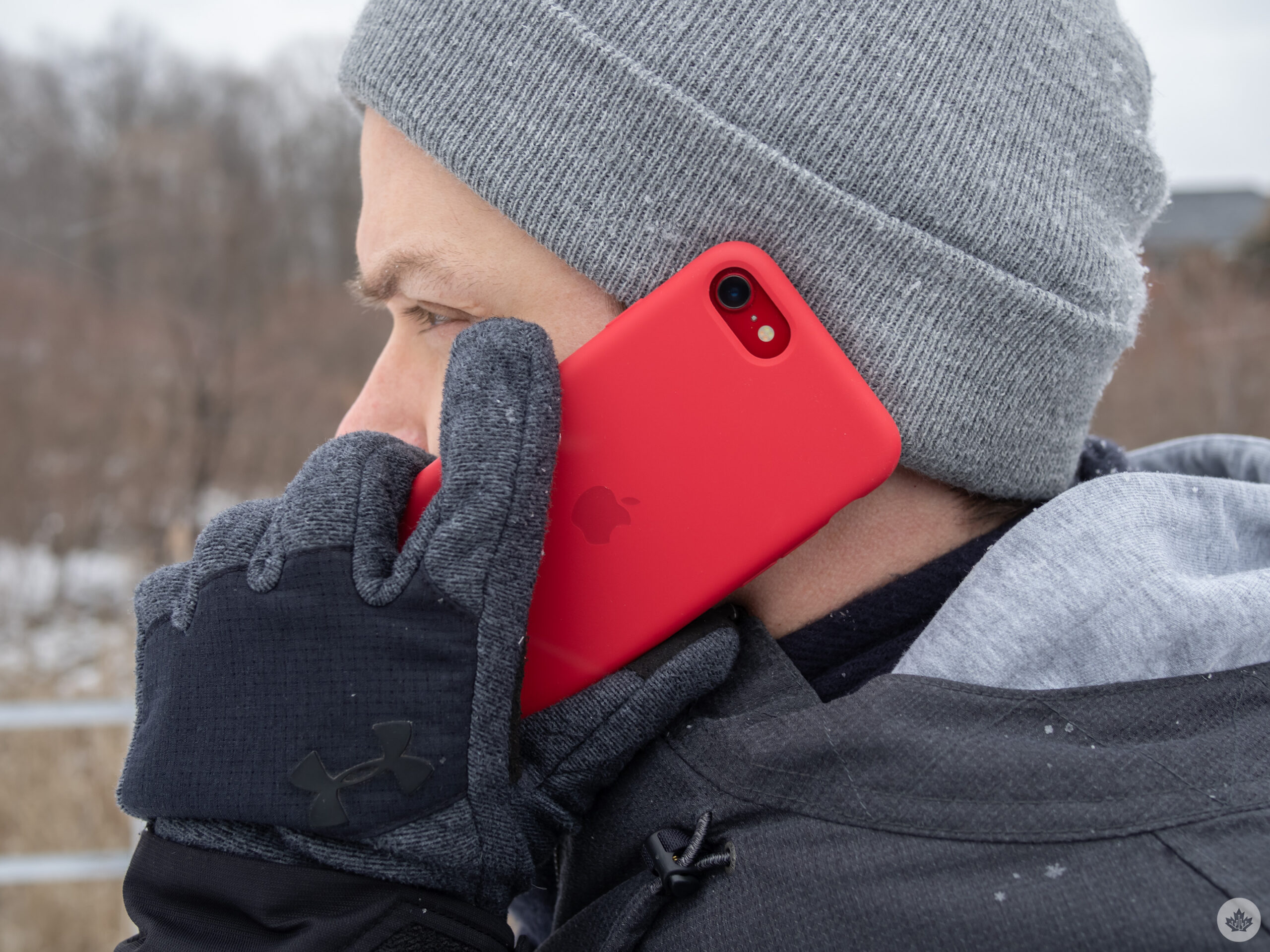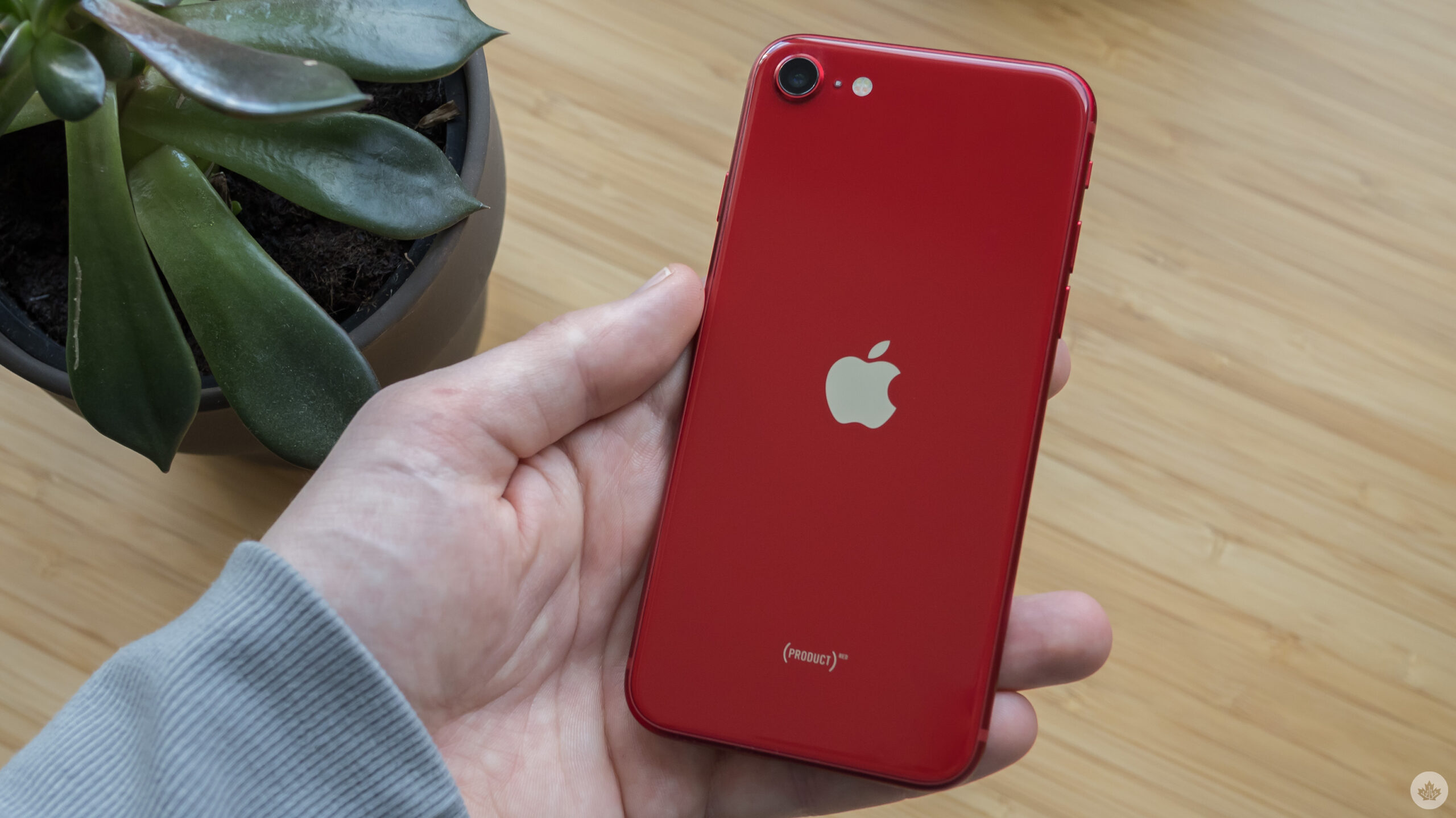
The Pros
- Great price
- Powerful chip
- Impressive camera performance
The Cons
- Dated design
- LCD display showing its age
- No Face ID
The iPhone SE (2020) felt dated back when I reviewed it two years ago, and the nearly identical iPhone SE (2022) is an absolute relic in today’s smartphone landscape.
It features the same 4.7-inch display with chunky bezels, haptic Touch ID Home Button, camera array, and iPhone 8-like design as its predecessor.
Switching from using the iPhone 13 Pro to the iPhone SE (2022) over the last few days has been an understandably jarring experience — but this entry-level device isn’t designed for my taste in smartphones, and not everyone needs the latest and greatest when it comes to tech.
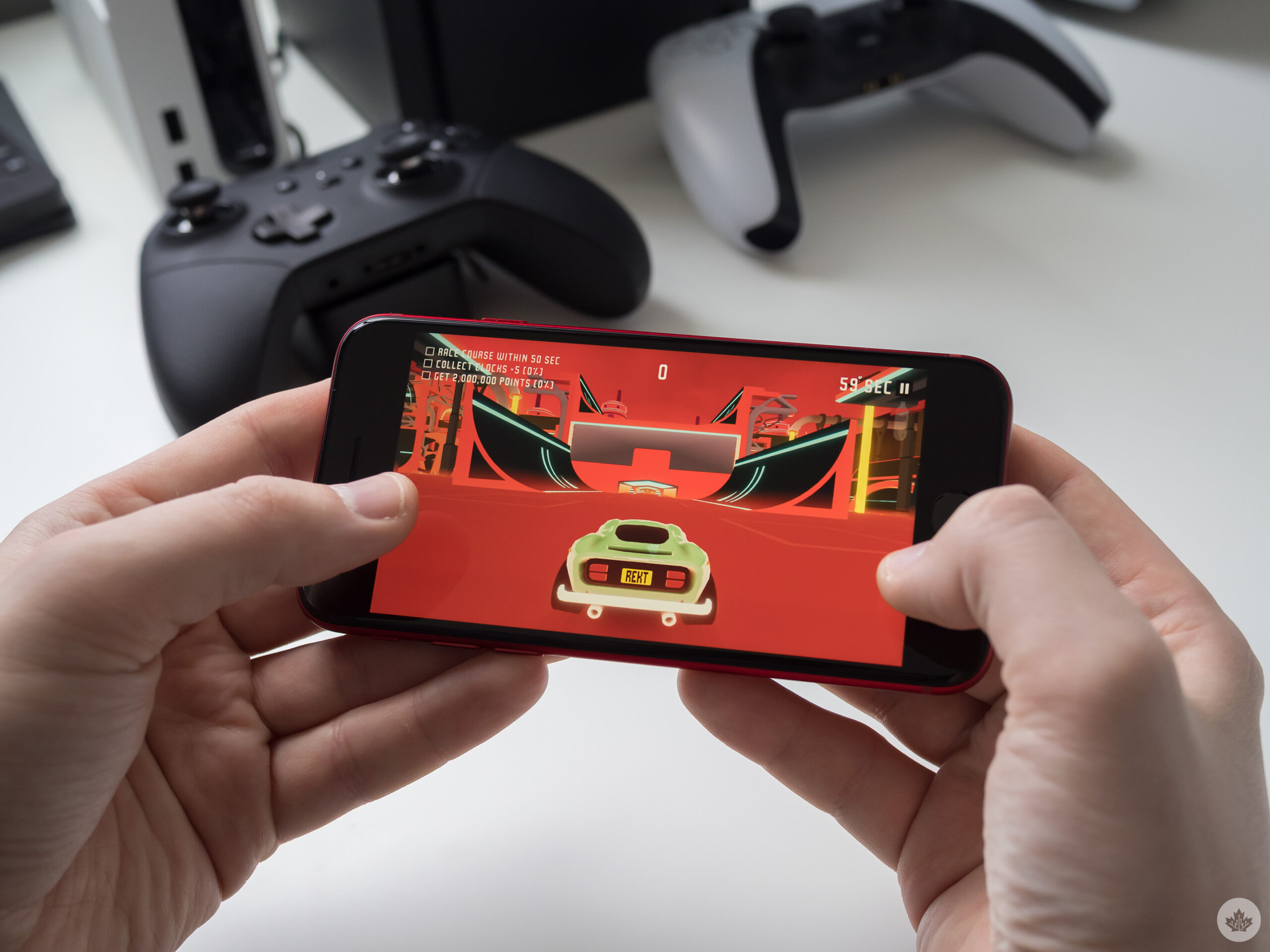
With that in mind, there are notable hardware changes under the hood with Apple’s new iPhone SE, including the iPhone 13 series’ powerful A15 Bionic chip, 5G connectivity, better battery life and more durable glass on the front of the back of the device.
Still, the overall design of the iPhone SE (2022) feels ancient, and it’s difficult not to imagine a device that features a more iPhone 11-like design with no Home Button and Face ID compatibility.
iPhone SE (2022)
iPhone SE (2020)
Display
4.7-inch, Retina HD, LCD display, 1334 x 750 pixels, HDR 10, Dolby Vision
4.7-inch, Retina HD, LCD display, 1334 x 750 pixels, HDR 10, Dolby Vision
Processor
Apple A15 Bionic
Apple A13 Bionic
RAM
4GB
3GB
Storage
64GB, 128GB, 256GB
64GB, 128GB, 256GB
Dimensions (in.)
138.4 x 67.3 x 7.3mm
138.4 x 67.3 x 7.3mm
Weight
148g
148g
Rear Facing Camera
12-megapixel (f/1.8, OIS, wide angle)
12-megapixel (f/1.8, OIS, wide angle)
Front Facing Camera
7-megapixel (f/2.2)
7-megapixel (f/2.2)
OS
iOS 15
iOS 13
Battery
1821mAh
Network Connectivity
LTE/ 5G
GSM/HSPA/LTE
Sensors
Touch ID, accelerometer, gyro, proximity, compass, barometer
Touch ID, accelerometer, gyro, proximity, compass, barometer
SIM Type
Nano SIM, eSIM
Nano SIM, eSIM
Launch Date
March 18, 2022
April 15, 2020
Misc
Colours: Starlight, Midnight, Product Red
Colours: Black, White, Product Red
Display
iPhone SE (2022)
4.7-inch, Retina HD, LCD display, 1334 x 750 pixels, HDR 10, Dolby Vision
iPhone SE (2020)
4.7-inch, Retina HD, LCD display, 1334 x 750 pixels, HDR 10, Dolby Vision
Processor
iPhone SE (2022)
Apple A15 Bionic
iPhone SE (2020)
Apple A13 Bionic
RAM
iPhone SE (2022)
4GB
iPhone SE (2020)
3GB
Storage
iPhone SE (2022)
64GB, 128GB, 256GB
iPhone SE (2020)
64GB, 128GB, 256GB
Dimensions (in.)
iPhone SE (2022)
138.4 x 67.3 x 7.3mm
iPhone SE (2020)
138.4 x 67.3 x 7.3mm
Weight
iPhone SE (2022)
148g
iPhone SE (2020)
148g
Rear Facing Camera
iPhone SE (2022)
12-megapixel (f/1.8, OIS, wide angle)
iPhone SE (2020)
12-megapixel (f/1.8, OIS, wide angle)
Front Facing Camera
iPhone SE (2022)
7-megapixel (f/2.2)
iPhone SE (2020)
7-megapixel (f/2.2)
OS
iPhone SE (2022)
iOS 15
iPhone SE (2020)
iOS 13
Battery
iPhone SE (2022)
iPhone SE (2020)
1821mAh
Network Connectivity
iPhone SE (2022)
LTE/ 5G
iPhone SE (2020)
GSM/HSPA/LTE
Sensors
iPhone SE (2022)
Touch ID, accelerometer, gyro, proximity, compass, barometer
iPhone SE (2020)
Touch ID, accelerometer, gyro, proximity, compass, barometer
SIM Type
iPhone SE (2022)
Nano SIM, eSIM
iPhone SE (2020)
Nano SIM, eSIM
Launch Date
iPhone SE (2022)
March 18, 2022
iPhone SE (2020)
April 15, 2020
Misc
iPhone SE (2022)
Colours: Starlight, Midnight, Product Red
iPhone SE (2020)
Colours: Black, White, Product Red
The dated iPhone 8-like look returns
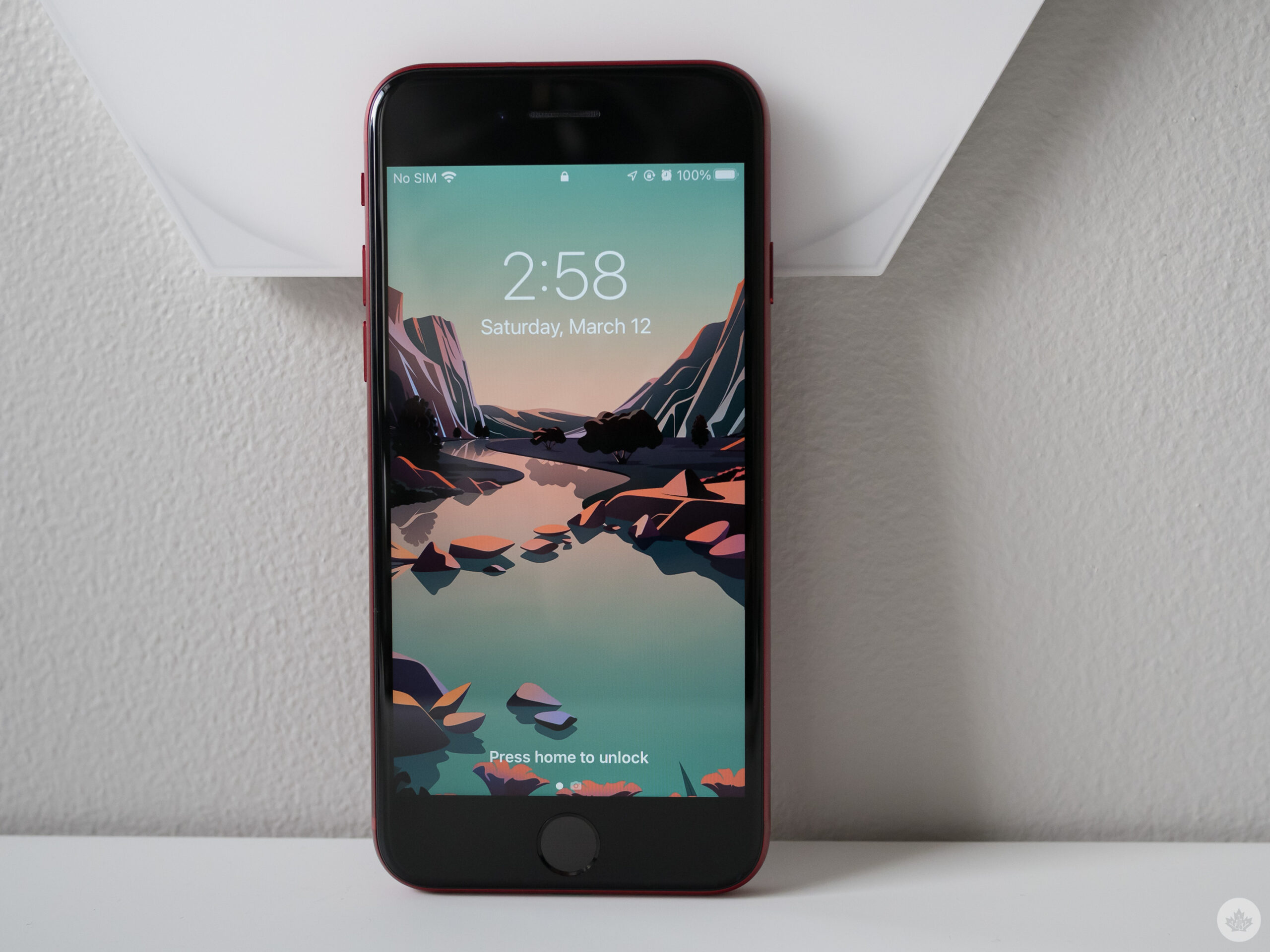
Both smartphones look identical when the iPhone SE (2020) is placed directly beside the iPhone SE (2022).
The 3rd-gen iPhone SE features the same 1334 x 750-pixel resolution display, rounded design and, of course, physical Home Button. The new iPhone SE’s LCD display is passable, but it looks dated compared to more modern smartphones. Its colours are washed out and the lack of a higher refresh rate is noticeable after primarily using devices for the past few years that feature between a 90Hz and 120hz screen. The screen blur is real and very apparent, but of course, like a lot of the new iPhone SE’s shortcomings, these are issues a lot of people may not notice.
The sole 12-megapixel f/1.8 camera lens is back in a single camera bump on the iPhone SE (2022)’s rear, but thanks to the A15 chip, it borrows computational photography features like ‘Deep Fusion’ from Apple’s modern iPhone models (more on this later).
The front and rear of the iPhone SE (2022) features more durable glass this year. That said, this isn’t the same ‘Ceramic Shield’ technology featured in the iPhone 13 series. Instead, it’s the glass Apple uses on the rear of iPhone 13 devices. While Apple is likely embellishing a little when it says the 3rd-gen iPhone SE features “the toughest glass in a smartphone front and back,” the device’s build is still likely more durable than 2020’s iPhone SE.
It’s also worth pointing out that I found it difficult to switch back to a physical Home Button given I’ve been using Apple’s more intuitive swipe navigation since the release of the iPhone X. Again, this is likely part of the iPhone SE line’s appeal though. On that note, it would have been great to see Apple add Face ID to the new SE, but unfortunately, that didn’t happen this year.
There’s an argument defending this dated design that I’ll delve into later, but for now, if you were hoping the 3rd-gen iPhone SE would be the device to update the lines’ time-capsule look, the 2022 edition isn’t it.
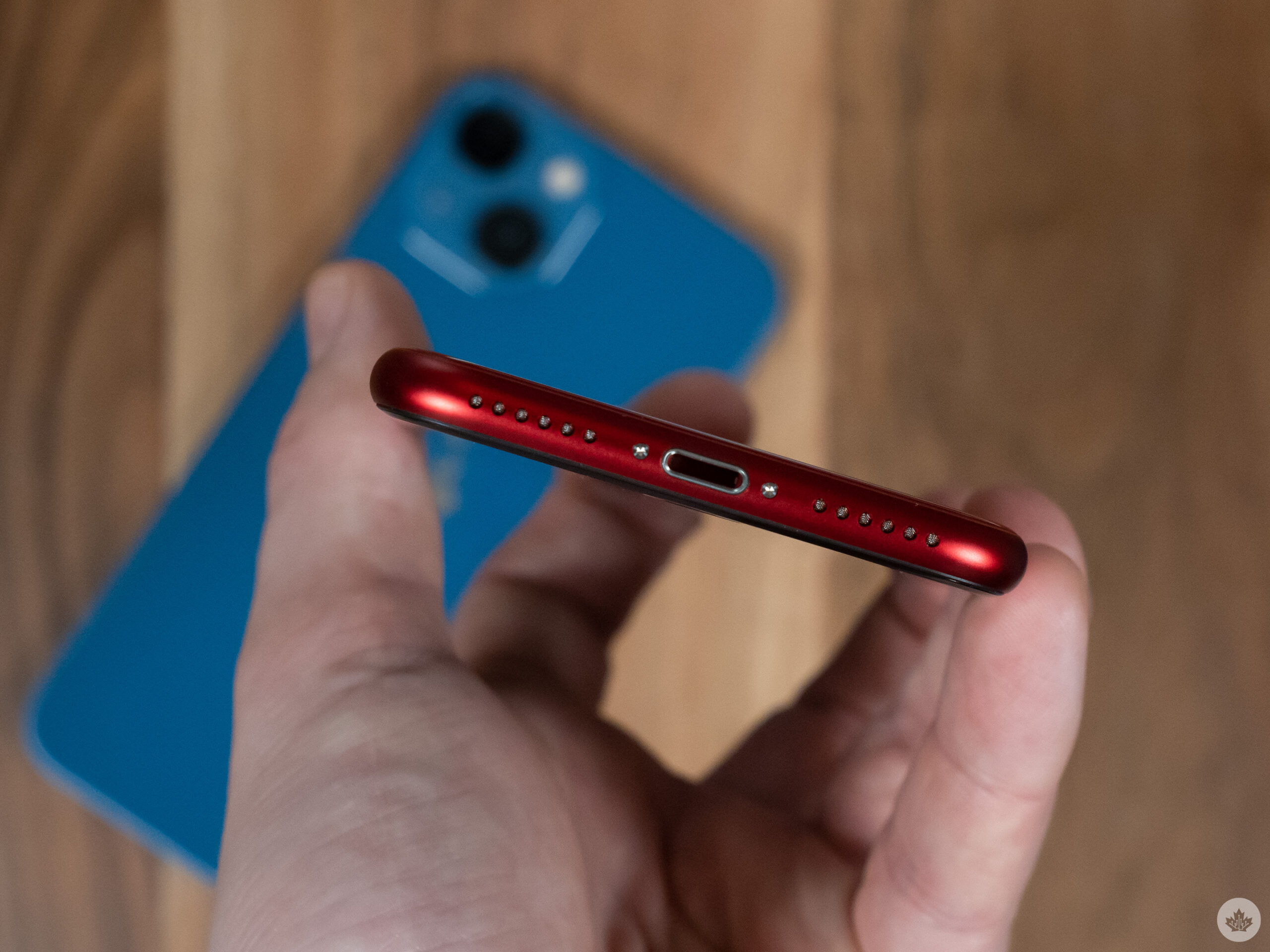
Other returning features include IP67 water and dust resistance, Qi wireless charging and very similar colour options: ‘Midnight’ (black), ‘Starlight’ (white) and ‘Product Red’ (red). The storage options also remain the same at 64GB, 128GB and 256GB.
So what’s actually new?
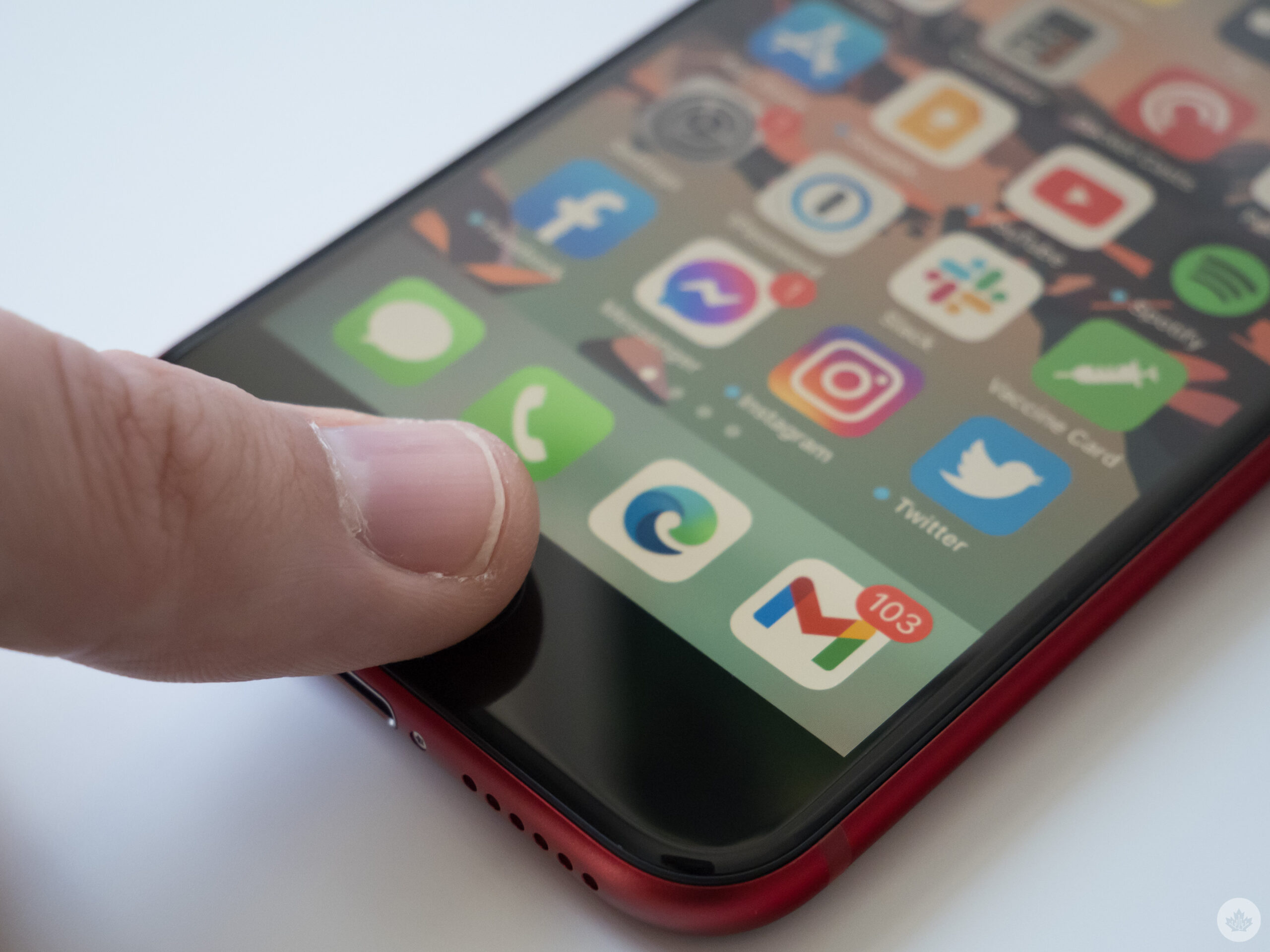
This year, the most significant addition to the iPhone SE is Apple’s powerful A15 Bionic chip. With the new chip, the device hits the impressive 1,734 single-core and 4,651 multi-core score, putting it in the range of the iPhone 13 Pro in terms of power (1,737/4,817) thanks to its lower-resolution, smaller display. Its multi-core score is lower than the iPhone 13 Pro, but this was also the case with the 2nd-gen iPhone SE when compared to the iPhone 11 Pro.
But if you’re buying an iPhone SE, you probably aren’t checking Geekbench scores for your device. Instead, the iPhone SE (2022)’s target audience just wants a phone that performs better than the iPhone 6, iPhone 7 or iPhone 8 they’re clinging to. Based on my experience, the iPhone SE offers smooth performance across the board, whether you’re swiping through iOS 15, have 15 Safari tabs open at once, or playing relatively resource-intensive titles like Apple Arcade’s Fantasian.
Next, there's the new 5G support. While I agree modern smartphones should support 5G, the speed boost isn't as significant as Canadian carriers make it out to be. In essence, Canadians who live in more populated areas with 5G coverage will sometimes hit data speeds roughly 15-25 percent faster than what they experienced on LTE. This is great, sure, but it's also a boost in performance I'd argue the average smartphone user probably won't notice.
It's also worth mentioning that, like the iPhone 13 series and the iPhone 12 series, the iPhone SE (2022) doesn't support mmWave 5G in Canada and is only compatible with the sub-6 GHz version of the next-gen wireless technology. In the context of the Canadian market, this isn't an issue because mmWave 5G doesn't exist here and likely never will.
The iPhone SE (2022) also features marginally improved battery life thanks to the power efficiency of the A15 chip. Anecdotally, I found the performance to be very similar to the iPhone SE (2020)'s, with the new SE's battery easily lasting well into the evening on a full charge with moderate use.
The same camera, with upgrades
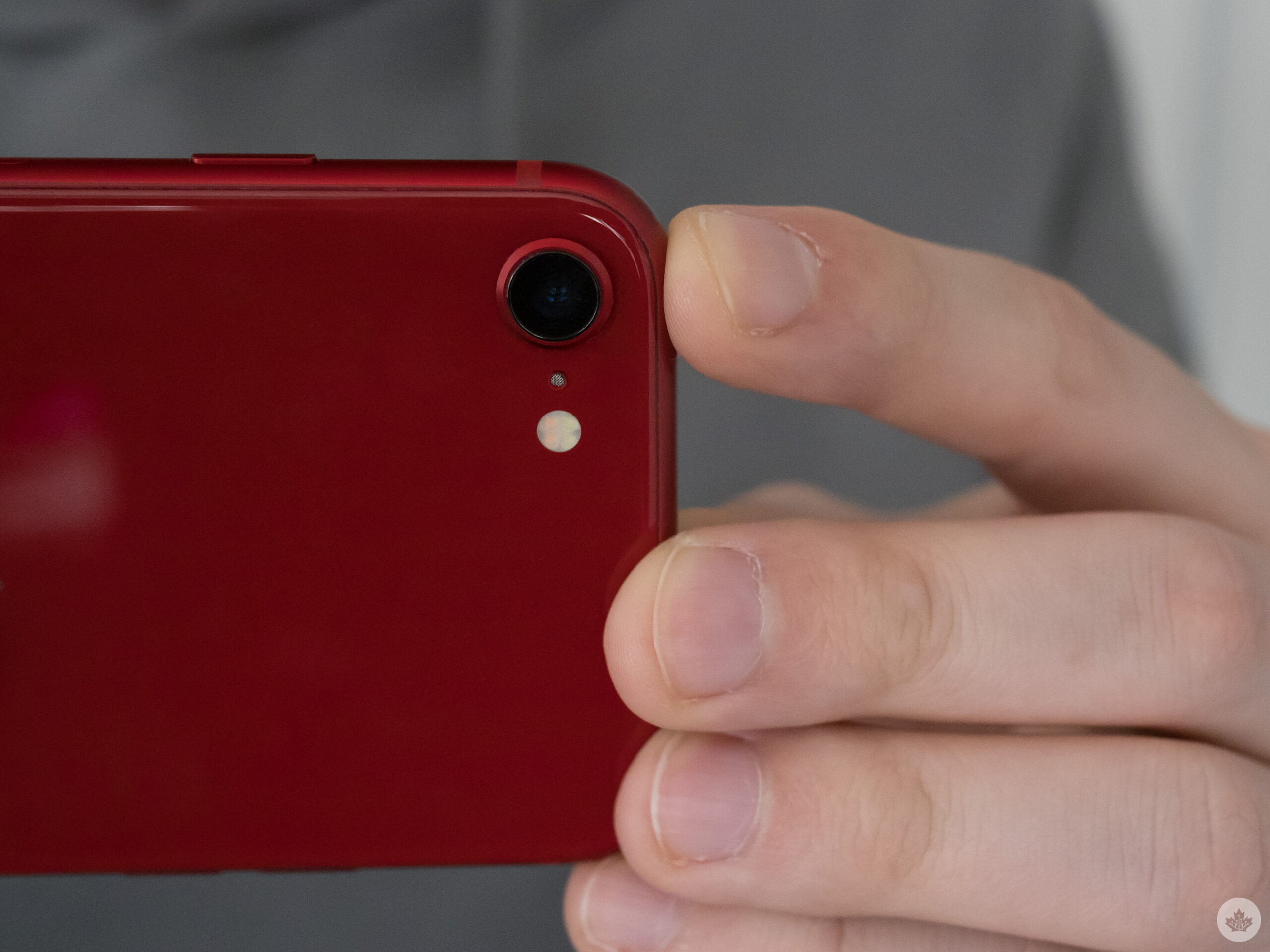
Contrary to what some earlier rumours indicated, the iPhone SE (2022) features the same single 12-megapixel f/1.8 rear shooter as its predecessor. The upgrades this year include 'Deep Fusion' Sweater Mode, 'HDR 4,' and the 'Photographic Styles' Apple brought to the iPhone 13 series last year. All of these are welcome additions to the new SE, but I'm fond of HDR 4 in particular, which helps illuminate faces under challenging lighting.
However, the camera doesn't feature the iPhone 13's 'Cinematic mode' or even 'Night mode.' Though Cinematic mode is hit or miss, Night mode is useful when you're snapping photos under low-light conditions, and it's disappointing the iPhone SE doesn't offer this feature despite it being available in iPhones as far back as the iPhone 11.
The questions at hand here are, how do the iPhone SE (2022)'s photos compare to the iPhone SE (2020)'s and also, what is the image quality trade-off compared to the iPhone 13 series?
Note: Some image quality is lost through our on-site compression.
The difference between the three shots of my partner (see above) are pretty negligible. With the 3rd-gen iPhone SE, there's additional detail captured in her face and a slightly wider range of colours compared to the iPhone SE (2020). You'll also notice that her skin tone is more washed out with the 2nd-gen iPhone SE. The iPhone 13 Pro, as expected, features more shadows and depth, resulting in a vibrant, three-dimensional image. Still, all three shots are very similar, which is a testament to Apple's prowess in the smartphone camera space.
Overall, it's impressive the iPhone SE (2022)'s camera quality is so close to the iPhone 13 Pro's, though to be fair, the 2nd-gen iPhone SE is near that mark as well.
The next comparison is far harder to discern the differences in quality. For example, while the bushes in the back of the photo (see above) are slightly more clear with the iPhone SE (2022) compared to the iPhone SE (2020), the photos otherwise look nearly identical to my eye. The iPhone 13 Pro photo, on the other hand, is overall crisper and offers colours that are more true to the dreary conditions I shot the image under. That said, some people may prefer the brighter, more yellow-infused look of the 2nd and 3rd-gen iPhone SE. The iPhone 13 Pro photo also offers greater contrast than the iPhone SE (2022), though only by a small margin.
In general, the experience of just pointing and shooting a photo with the iPhone SE (2022) is impressive. Like its predecessor, the phone struggles with backlit photos and other challenging lighting situations, but the results are generally outstanding even under low-light.
The 7-megapixel f/2.2 selfie shooter also seems to perform reasonably well but doesn't seem to offer much of an improvement over the last iPhone SE.
Who is the 3rd-gen iPhone SE for?
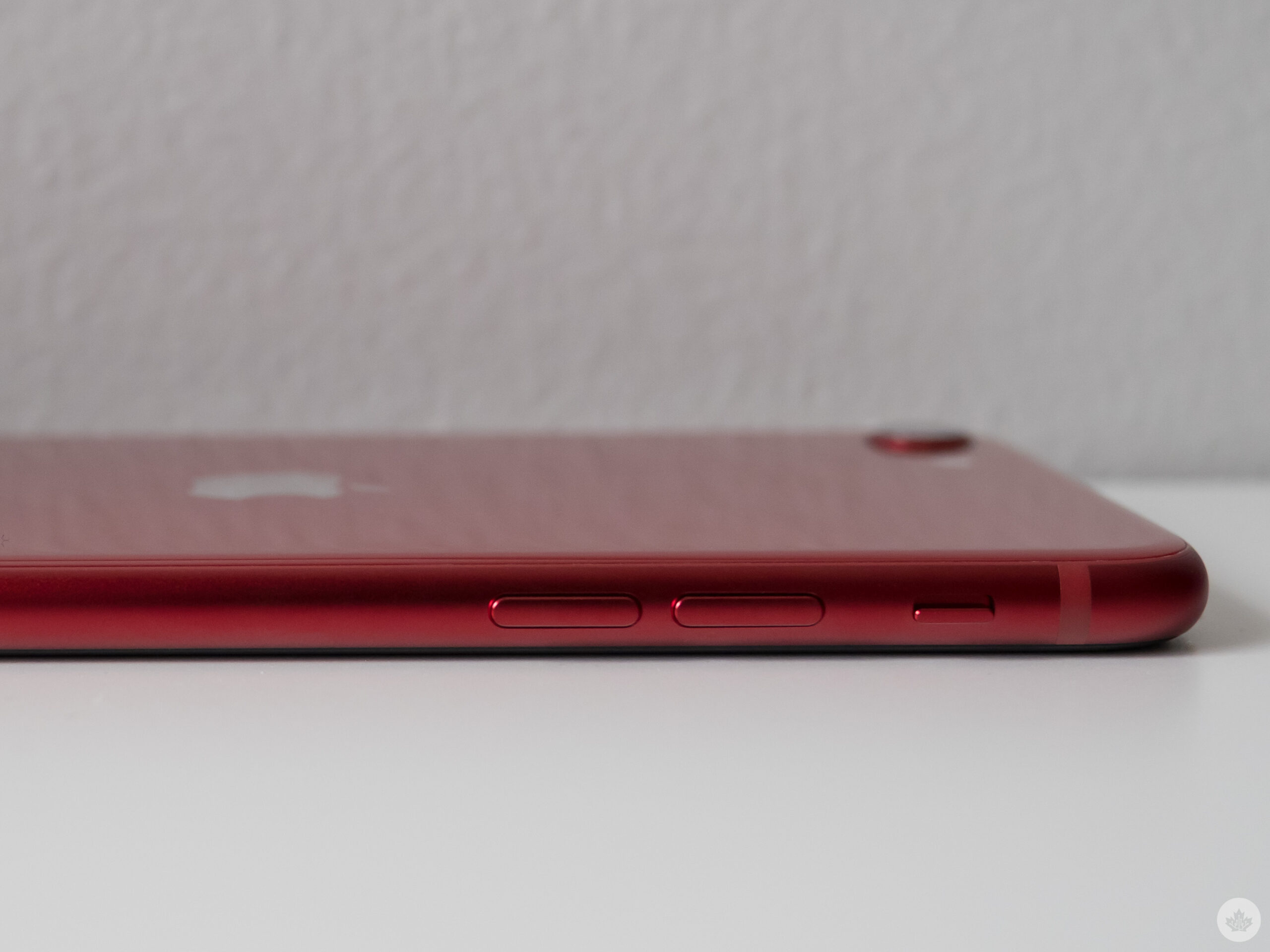
The iPhone SE series is always challenging to review because the smartphones lack nearly every feature I care about. Optical zoom? Nope. A great display resolution with a refresh rate above 60Hz? Definitely not. What about a Night shooting mode, a sleek design and Face ID? Also no.
These features matter to me and are why I'd rather pay the extra money and opt for the iPhone 13 or iPhone 13 Pro, but when it comes to the iPhone SE (2022)'s target audience, most of this higher-end functionality isn't important.
This device is designed for people still using an iPhone 6, iPhone 7, iPhone 8 or even an earlier version of Apple's smartphone. They want a familiar user experience that offers reliable performance and a camera capable of snapping good photos. More importantly, they want to pay a reasonable price. The new iPhone SE checks all of those integral boxes.
Sure, these people could opt for the $679 iPhone 11 and likely get a more modern iPhone experience, but I think the physical Home Button is necessary for the iPhone SE's audience (at least for now) as much as I'd like to see it disappear. You could also easily make the argument that even Google's $799 Pixel 6 is a better buy and a more capable smartphone than the iPhone SE (2022), though I think the average iPhone SE user would never consider making the jump to Android.
iPhone SE users like what they like, and that's part of why they're not willing to move to a more modern iPhone.
A dated, but solid entry-level iPhone
On the one hand, the 3rd-gen iPhone SE is devoid of several key iPhone 13 Pro features I use on a daily basis, but on the other, this device isn't for me -- and that's okay.
It's powerful and snaps surprisingly stellar photos, while still offering a design iPhone users still using earlier versions of the smartphone will likely continue to appreciate. It also has a reasonable price tag that steeply undercuts the rest of Apple's smartphone lineup, making the 3rd-gen iPhone SE's lack of modern features a little easier to swallow. Apple obviously has data that indicates there's a market out there for the SE, or the tech giant wouldn't continue to release minor refreshes in the line every few years.
Still, I question how long Apple can continue to push this several-year-old, spare-parts-bin design. At some point, the tech giant will need to ditch Touch ID, forcing those who are fond of the physical button to relearn how to interact with iOS. In some respects, it's surprising that Apple hasn't forced these iPhone users to make that jump yet given the company's history of pushing new technology even if its users aren't quite ready for it yet.
If the iPhone (2022)'s design feels ancient now, I can't imagine how it will seem in another two years, but until then, Apple's latest entry-level iPhone is a solid offering for a very specific smartphone audience.
Apple's iPhone SE (2022) is available to pre-order now for $579 and releases on March 18th.
MobileSyrup utilizes affiliate partnerships. These partnerships do not influence our editorial content, though we may earn a commission on purchases made via these links that helps fund the journalism provided free on our website.
"On the one hand, the 3rd-gen iPhone SE is devoid of several key iPhone 13 Pro features I use on a daily basis, but on the other, this device isn't for me -- and that's okay."
MobileSyrup may earn a commission from purchases made via our links, which helps fund the journalism we provide free on our website. These links do not influence our editorial content. Support us here.

